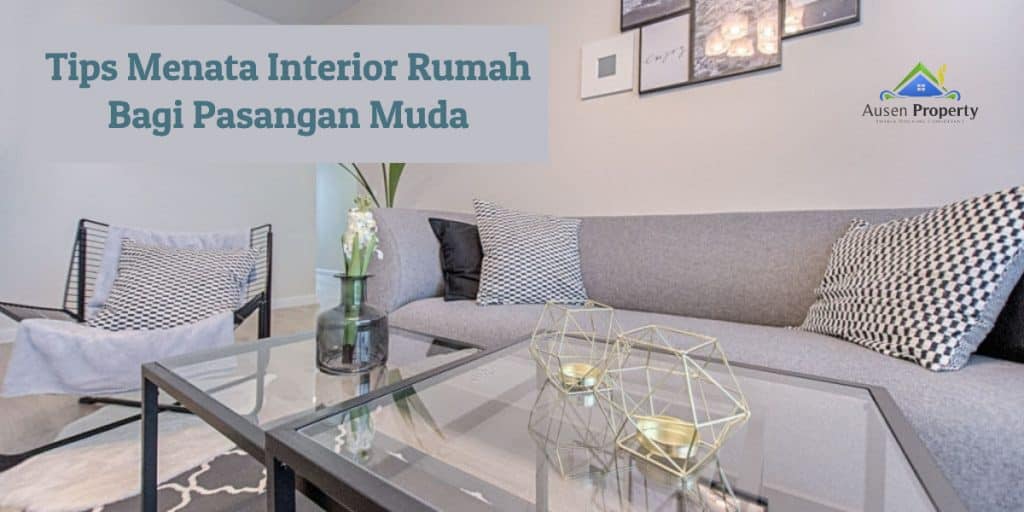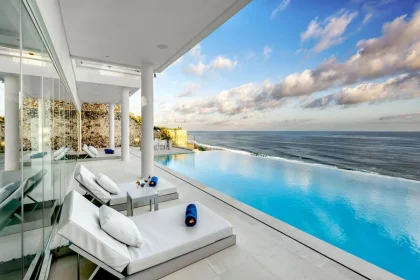Planning to build or renovate your house with a clean and modern look? This guide will walk you through everything about minimalist home design — from its essential concepts and aesthetic advantages to the estimated costs and inspiring ideas for every budget.
In architecture and interior design, the minimalist home has become a popular choice for many. This home style emphasizes simplicity, functionality, and clean beauty without sacrificing comfort. Beyond just aesthetics, it reflects a life philosophy that focuses on essentials. In today’s fast-paced, tech-driven era, more people choose to live efficiently and intentionally through thoughtful home design.
What Is a Minimalist Home?
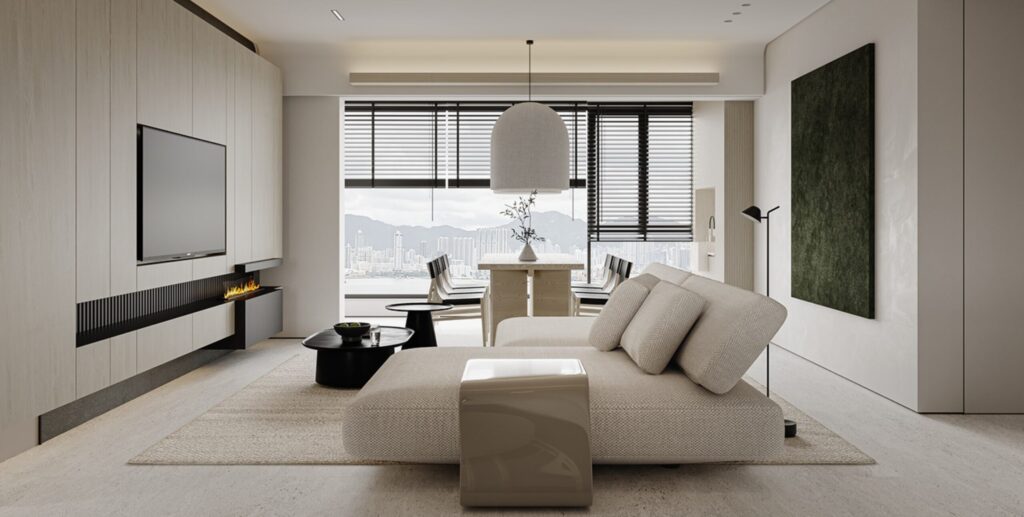
Aertsen. in
A minimalist home centers on architecture and interior design that prioritizes function and understated beauty. This design style avoids excessive decoration, focusing instead on clean lines, open layouts, and the use of natural materials.
Core Principles of Minimalist Design:
-
Simplicity: Only essential elements are included
-
Clean Lines: Geometric forms without unnecessary curves
-
Open Spaces: Layouts that feel airy and uncluttered
-
Natural Lighting: Maximizing sunlight through large windows and skylights
-
Neutral Palette: Colors like white, grey, beige, soft brown, and green
Benefits of Living in a Minimalist Home
Living goes beyond following design trends; it brings practical and emotional benefits that improve daily life. These homes are designed for comfort, efficiency, and peace of mind.
Key Advantages:
-
Lower Building and Maintenance Costs: Simpler designs require fewer materials and can be built faster and more affordably. Maintenance is also easier and cheaper.
-
Functional Use of Space: Every area in the house serves a clear purpose—no wasted corners or unused rooms.
-
Easy to Clean and Organize: With minimal furniture and decor, it’s easier to maintain a tidy and clutter-free space.
-
Reduced Visual Stress: A clean, calming layout with soothing colors creates a peaceful living environment.
-
Environmentally Friendly: Minimalist homes often use fewer resources and can be paired with eco-living or green building principles.
Types of Minimalist Homes
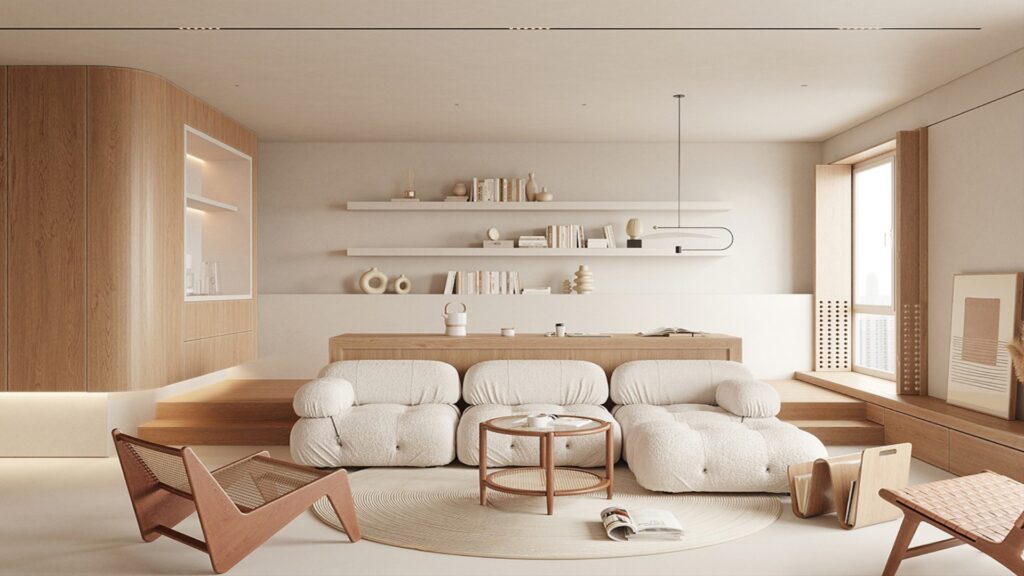
www.satinandslateinteriors.com
Single-Story Minimalist Home
Ideal for young couples or small families with limited land.
Typical Features:
-
Two bedrooms
-
Open-plan living area
-
Integrated kitchen and dining space
-
Small front and backyard
Two-Story Minimalist Home
Maximizes vertical space, perfect for families of four to six.
Typical Features:
-
Bedrooms on the upper floor
-
Separate living and family rooms
Modern Tropical Minimalist Home
Combines minimalist style with features suited for tropical climates.
Highlights:
-
Natural cross-ventilation
-
Long roof overhangs for shade
-
Use of local materials
Japandi Minimalist Home
A blend of Japanese and Scandinavian design, popular among urban millennials.
Highlights:
-
Calm, earthy color tones
-
Natural materials like wood and linen
-
Clean, well-organized rooms
Interior Tips for Minimalist Homes
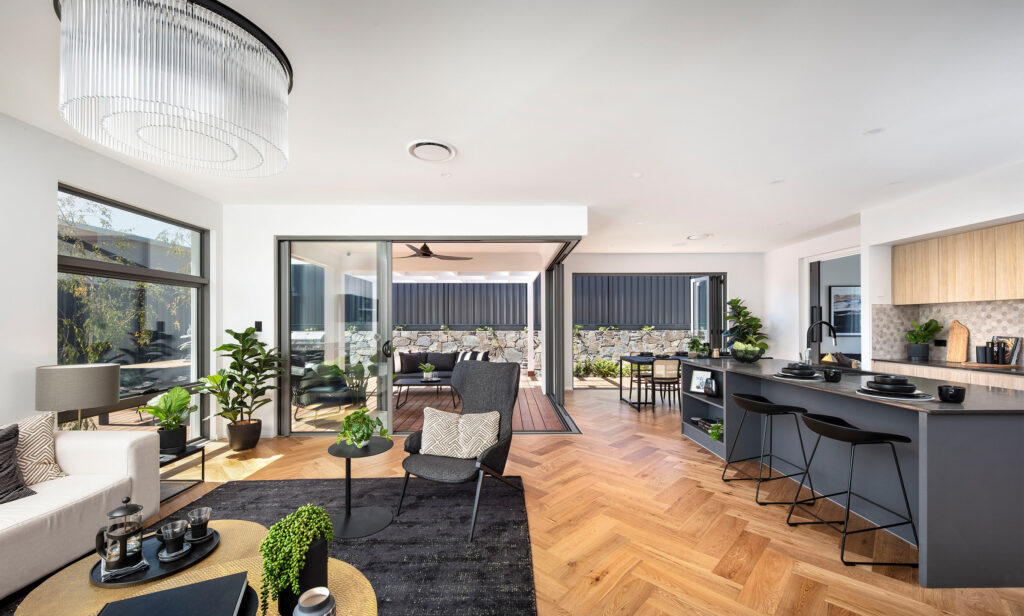
www.mcdonaldjoneshomes.com.au
Use Neutral Colors
Opt for white, gray, or monochrome tones to create a clean, open feel.
Choose Multi-Functional Furniture
Invest in space-saving furniture like folding dining tables or beds with built-in storage drawers.
Maximize Natural Light
Install large windows, glass doors, or skylights to brighten up your home with sunlight.
Hidden Storage Solutions
Use built-in shelves, under-stair drawers, or wall-mounted cabinets to reduce clutter.
Avoid Clutter
Donate or discard items that are no longer used—less is more.
Cost of Building a Minimalist Home in 2025
Understanding construction costs in 2025 helps you plan your budget wisely. Prices vary based on location, size, and material quality.
Estimated Costs (2025):
-
Single-Story Minimalist Home (36–50 m²): IDR 180–280 million
-
Two-Story Minimalist Home (70–100 m²): IDR 400–650 million
-
Japandi Style Home (50–90 m²): IDR 300–600 million
Tips for Building Your Ideal Minimalist Home
-
Start with Your Family’s Needs: How many bedrooms? Do you need a home office or a garden? Let the function lead the design.
-
Consult an Architect: A professional can help you optimize space without straying from minimalist principles.
-
Choose Quality, Durable Materials: Minimalist doesn’t mean cheap—invest in long-lasting, low-maintenance materials.
-
Incorporate Smart Technology: Smart lighting, digital locks, and climate control systems make your home efficient and modern.
Real-Life Minimalist Home Inspirations
-
36 m² Compact Home: High ceilings and wide windows make this small house feel spacious. White walls and natural wood details create a clean and warm atmosphere.
-
Japandi Home: Designed by a local architect, combining light wood, linen panels, and ambient lighting. The living room and kitchen flow seamlessly without walls.
-
Exposed Concrete Home: Combines raw concrete finishes with an open garden layout. Perfect for tropical climates with a naturally elegant appeal.
Conclusion
Creating or renovating a home with a minimalist concept isn’t just about looks—it’s about function, efficiency, and long-term savings. With the right planning, appropriate design, and clear understanding of 2025 construction costs, you can build a home that is comfortable, stylish, and affordable.
Whether you’re starting from scratch or updating an old space, minimalist design is a smart and sustainable choice for the present and the future.
FAQ: Minimalist Homes
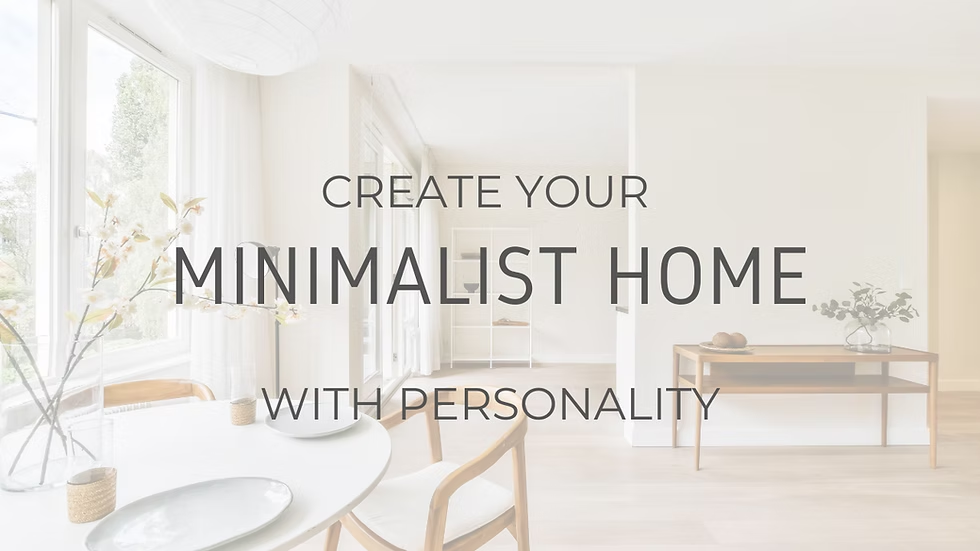
static.wixstatic.com
What’s the difference between a minimalist home and a simple home?
A minimalist home follows a deliberate design philosophy with aesthetic and functional goals, while a simple home may not follow any particular design principle.
Is a minimalist home suitable for families with kids?
Yes—if spaces are designed wisely, using safe, multifunctional furniture and clear layout planning.
How long does it take to build?
Typically 4–6 months for a one-story house, and 6–9 months for a two-story house, depending on size and complexity.
Final Thoughts
The concept is more than just a design trend—it’s a conscious lifestyle choice. With thoughtful planning, it can provide a beautiful, functional living space that supports your well-being and keeps life organized.
Whether you’re designing your first home or renovating an existing one.
Recommended Products and Services for Minimalist Living
-
Affordable Minimalist Furniture
👉 Shop at IKEA -
Minimalist Indoor Plants
👉 Available on Tokopedia -
Natural Decor Items
👉 Buy from Tokopedia

